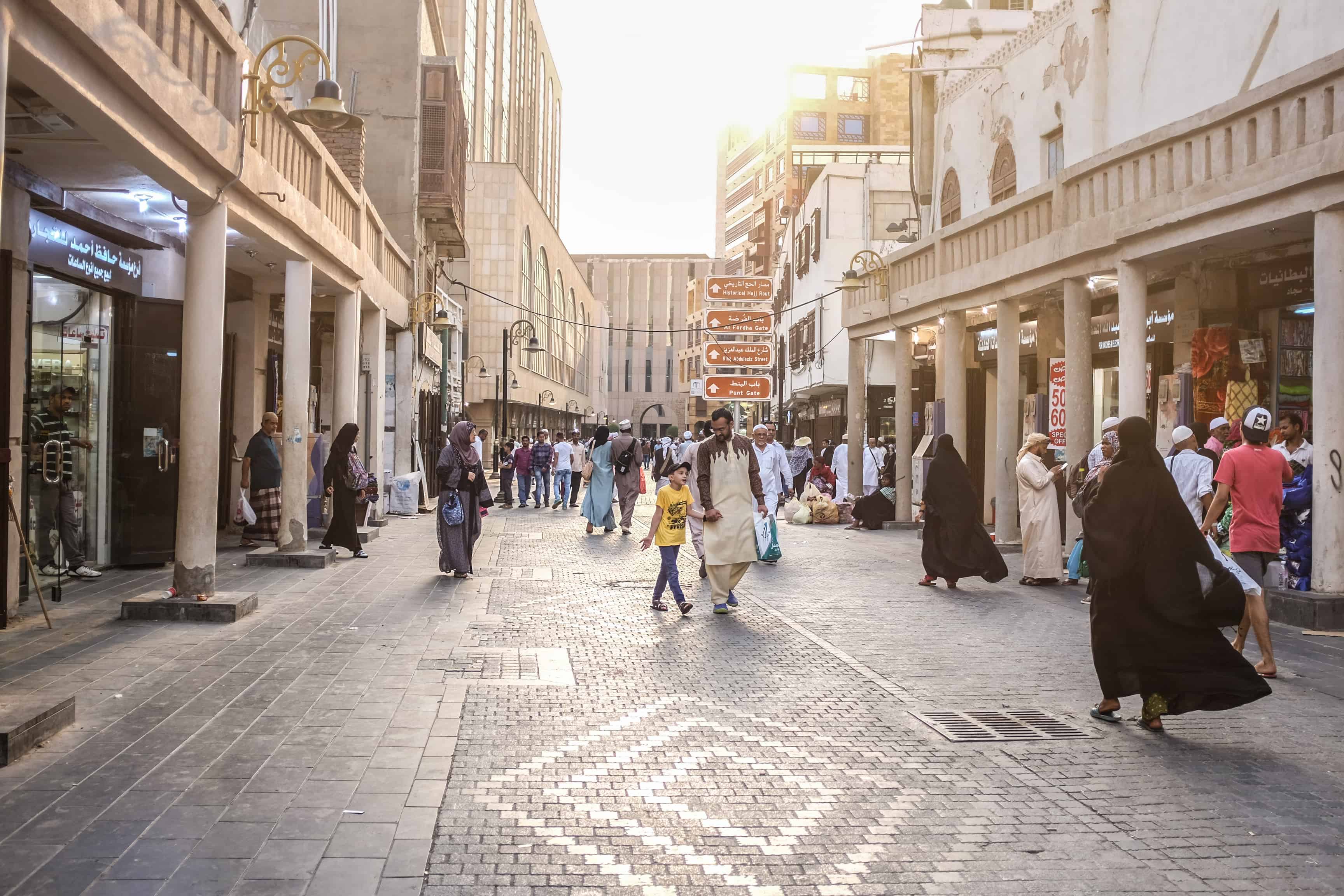AlNama smart city being developed in Saudi Arabia will be a zero-carbon community, according to the Dubai’s URB entrusted with the job of designing the city.
Spread over an area of 10 square kilometers in Riyadh, the hospitality hub will create around 10,000 jobs including green-tech industries to create a ‘green circular economy’.
AlNama will consist of eco-friendly glamping lodges, eco resorts and a nature conservation center to promote ecotourism, while an autism village, wellness center and clinics within the medical hub will help promote medical tourism.
The green-tech hub will provide an innovative ecosystem for urban-tech companies related to food, energy, water, waste, mobility, and building materials.
The project is planned to provide 11,000 residential units and an eventual population of 44,000 people.
ALNAMA will be designed by Dubai’s URB, and the firm’s CEO Baharash Bagherian said: “AlNama aims to be the next generation of self-sufficient city, producing all the city’s renewable energy needs, as well as the resident’s caloric food intake on site.
“Biosaline agriculture, productive gardens, wadis, and carbon-rich habitats are key features of the development’s innovative and resilient landscape design.
“The city was planned through the design of its landscape, rather than its buildings. This creates an urbanism that is more socially inclusive, more economically valuable, and more sensitive to the environment.”








